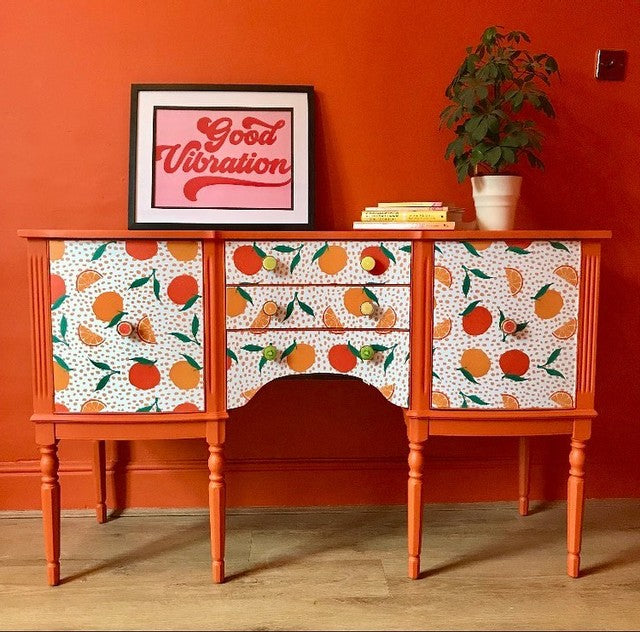Tiled flooring tutorial

Tiled Flooring Tutorial
Which Product Is Best?
For any flooring our floor and wall vinyl is best due to the anti slip coating and stronger adhesive. With this being said we always advise testing samples prior as each floor is made from different materials/textures & you can ensure it works for your project!

Step 1- Samples
Purchase samples of your favourite designs & test them on your particular area to make sure the vinyl is suitable!
Our floor vinyl isn't like traditional lino flooring, it's only 0.5-1.2mm thick
There are 1000s of different tiles out there so samples are great to test on your particular tiles.
You can also make sure the vinyl sticks well to your individual tiles by trying samples first!
With samples you can see with each design how visible your grout lines or any imperfections will be.
Please keep in mind when applying vinyl to painted surfaces or varnished surfaces the vinyl may remove this upon removal.

Step 2 - Measuring
Once you have tested your samples & chosen your design you will need to measure your area.
If your area is an awkward size you can request a custom size from us.
To measure - calculate the width x length in CM.
You can also add on a few CM's each way to make sure you have enough to work with.

Step 3- Application
When it comes to applying your vinyl the trick is to apply small amounts at a time.
We suggest peeling no more than 2/3cm back first & then sticking the vinyl into place using your squeegee, by doing this you can make sure its on straight & no creases or bubbles will appear.
Continue slowly peeling 2/3 cm of the backing paper off & sticking down with your squeegee.
We find holding the vinyl up like this image shows helps to avoid air bubbles forming or creasing.

Step 4- Continue applying...
Continue repeating step 3 until your flooring is finished!
IF you experience any air bubbles forming or creases you can peel back the vinyl and re apply it with your squeegee.
If you finish & still find some air bubbles simply pierce the top of the bubble with a sharp pin and use your squeegee to gently go around the air bubble pushing all air out of the hole you made.
Please note when using seperate sheets together in an area the vinyl needs to be overlapped ever so slightly. When the vinyl settles in it may shrink slightly & this will eliminate any gaps showing.

Step 5 - Sealing
Step 6 - Sealing
When using vinyl in & around rooms with moisture it is always best to seal any edges & seams!
Most silicone is removable along with our vinyl so this still works great if you rent!
Simply use your sealant down all the joins / edges, all along the bottom & all along the top. This will ensure your vinyl stays put for longer & eliminates the risk of any water/steam getting underneath your vinyl.

Grout lines & uneven tiles -
Our vinyl is only around 1mm thick so it unfortunately wont mask any deep grout lines, really uneven flooring or imperfections.
When choosing a busier pattern to work with you will barely be able to see the grout lines.
If your grout is really deep or you are choosing a block colour or less patterned design we would strongly advise you to purchase a sample first so you can see how it will look in person before commiting to a whole roll.
You could also apply an underlay to smooth out your tiles first also!

Still need help?
We have lots of video tutorials on vinyl application, you can view these by clicking the button below!
Any questions please email hello@jesrose.co.uk
